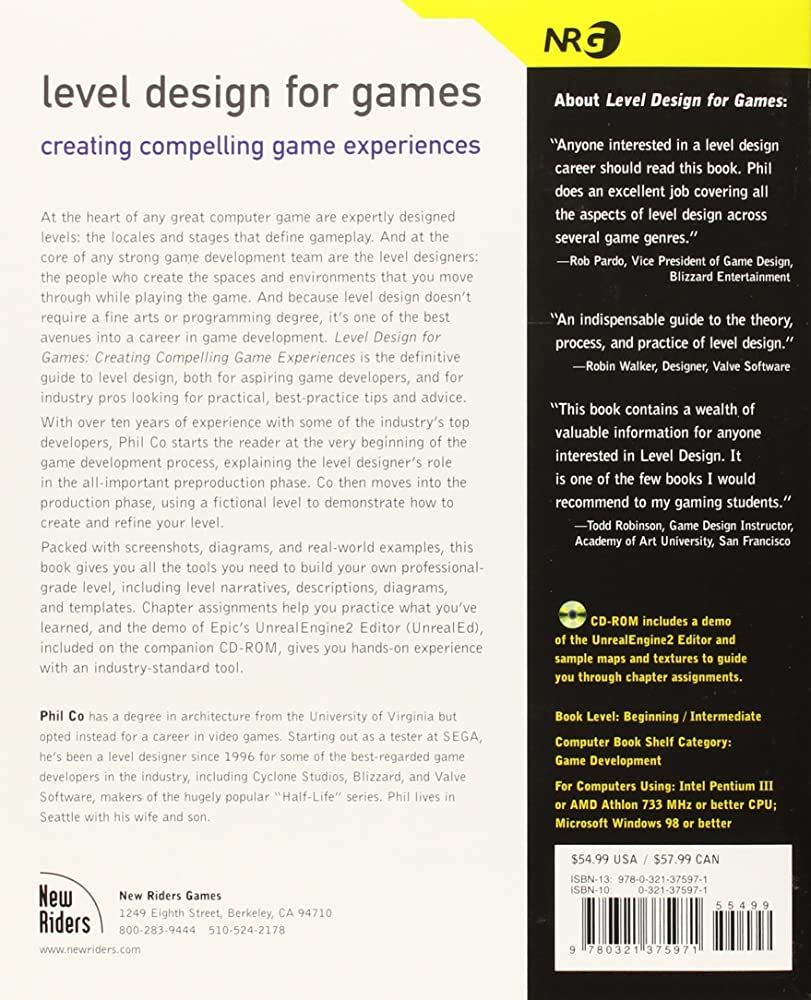Game design is a complex but rewarding process that requires the basic building blocks of game mechanics, game dynamics, and game systems. Players need feedback and interaction that engages their attention and rewards their efforts. Designers must develop for different platforms and devices while considering unique features and requirements for each. Creating compelling storylines and characters is key to building an immersive gameplay experience that players are emotionally invested in. Future game designers must adapt and innovate to create experiences that are accessible, engaging, and immersive. By following these guidelines, beginners can start to create compelling gameplay experiences.
Game Design 101: A Beginner’s Guide to Creating Compelling Gameplay Experiences
For those interested in game design, creating an engaging and dynamic gameplay experience can be a daunting task. However, by following a few basic principles and guidelines, even beginners can develop compelling gameplay experiences that will engage players and keep them coming back for more.
The Basic Building Blocks of Game Design
At the heart of game design are a few fundamental building blocks. These include the game mechanics, game dynamics, and game systems. Game mechanics refer to the basic rules and actions that are available to the player, such as movements or actions that can be made on the playing field. Game dynamics are the ways in which these mechanics are used in interesting, innovative or unique ways. Meanwhile, game systems define the internal mechanisms that power the game, from the physics engine to artificial intelligence, sound effects to visuals.
The Importance of Feedback and Interaction
One of the most crucial aspects of developing a successful game is providing players with feedback and interaction that engages their attention and rewards their efforts. This can include anything from visual and audio cues that confirm a successful action to intuitive controls and navigational tools that guide players through the game world. By providing players with clear, effective feedback and optimal control over their gameplay experience, game designers can create an experience that is both intuitive and immersive.
Designing for Different Platforms and Devices
With the rise of mobile gaming and the proliferation of new devices and platforms, game designers must approach their work with an eye toward versatility and adaptability. Whether developing a game for a console, a mobile device, or a PC, the designer must consider the unique features and requirements of each platform in order to create an experience that is both user-friendly and technologically robust. This can involve everything from optimizing graphics and sound to implementing touch controls or developing cross-platform compatibility.
Creating Compelling Storylines and Characters
In addition to the technological and mechanical aspects of game design, the development of engaging storylines and memorable characters is key to creating a truly immersive gameplay experience. By crafting a rich and compelling narrative, game designers can help players feel emotionally invested in the game world and the characters they encounter within it. Moreover, by creating characters that are engaging, relatable, and memorable, designers can foster a deep sense of attachment between the player and the game world itself, which can lead to increased engagement and loyalty over time.
The Future of Game Design
As technology continues to evolve and new platforms and devices are introduced, game designers must continue to adapt and innovate in order to create experiences that are accessible, engaging, and truly immersive. Whether developing for a console, a mobile device, or an emerging platform yet to be invented, designers must continue to push the boundaries of creativity and technology in order to create compelling and memorable gameplay experiences that will keep players coming back for more.
By following these basic principles and guidelines, beginners can begin to gain a deeper understanding of the complex world of game design and start crafting experiences that are both challenging and exciting for players of all skill levels.
